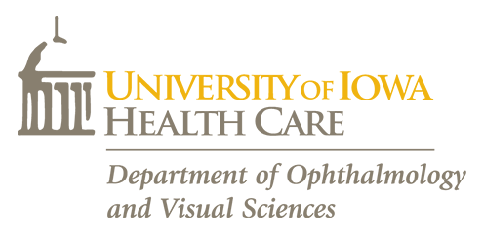PURPOSE:
To review the current state of molecular genetic testing as it relates to pediatric ophthalmology and to discuss its uses.
DESIGN:
Review and evaluation of available molecular genetic testing.
METHODS:
Literature review and discussion of testing in practice based on the authors' clinical and laboratory experience.
RESULTS:
Fee-for-service testing for many genetic eye diseases now is available. A report is always generated for fee-for-service testing. Detection of DNA variants in genes known to cause eye disease must be interpreted taking into account the variability of the human genome, the presence of benign variants (polymorphisms), and the carrier frequency of recessive alleles. Negative results in genetic testing are helpful in some disorders for which most of the causative genes are known and many disease-causing variants have already been reported, but are less helpful in those that currently have many undiscovered causative genes or novel mutations. Research-based testing also is available, but does not always yield a result. Patients with RPE65-associated Leber congenital amaurosis may be eligible for the current gene therapy trial. Patients with a variety of disorders may benefit from improved surveillance if their genetic diagnosis is known.
CONCLUSIONS:
Entry into the genetic testing system often is via the patient's ophthalmologist. Collaboration with geneticists and genetic counselors, use of web sites to keep up with the ever-changing availability and detection rates, and knowledge of clinical trials, when combined with excellent clinical diagnosis, can improve diagnosis and allow eligible patients to participate in treatment trials.
From the laboratory to the clinic: molecular genetic testing in pediatric ophthalmology.
Journal:
American Journal of Ophthalmology
Additional Information:
Volume 149, Issue 1, January 2010, Pages 10–17.
Publication Date:
Jan 1 2010
Pubmed ID:

